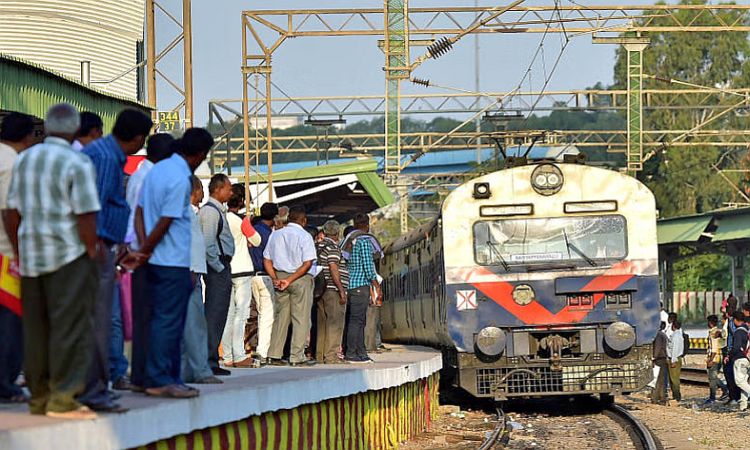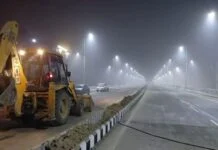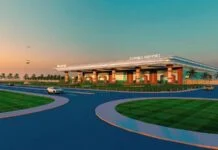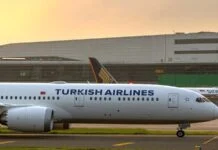Bengaluru: The Bengaluru Suburban Rail Project (BSRP) has taken a significant leap forward with the commencement of land acquisition for Corridor-4, also known as the Kanaka Line (Heelalige – Rajanukunte). This development is expected to accelerate the construction of the 46.88-kilometer corridor, a crucial part of the larger 149.34-kilometer suburban rail network aimed at decongesting Bengaluru’s traffic-choked roads.
The Karnataka Rail Infrastructure Development Company (K-RIDE) has initiated the acquisition of 48,122 square meters of private land across Yelahanka, Bangalore East, and Anekal taluks. So far, the Railways Department has handed over 115 acres of land, paving the way for civil works to gain momentum after months of delays. The land acquisition is spread across Yelahanka, Bangalore East, and Anekal taluks, with 25,172 square meters in Yelahanka and Hesaraghatta hoblis, 15,918 square meters in Varthur, KR Puram, Marathahalli, and Mahadevapura hoblis, and 7,039 square meters in Attibele and Sarjapur hoblis.
Also Read: Prime Minister launches part of hi-tech regional rapid transit system
Approximately 85% of the land required for the Kanaka Line is already owned by the Railways Department, while the remaining 15% (34 acres) is privately held. The project, awarded to L&T in December 2023 for ₹1,040.51 crore, is slated for completion within 30 months. Preliminary works have already begun, with the construction of 15 small bridges completed. The Embedded Rail System (ERS) is underway, and geo-technical works are in progress. However, the project faces a minor hurdle as authorities await permission to cut trees in the reserved forest area identified by the Bangalore Metropolitan Region Development Authority (BMRDA).
Regular train commuters have expressed optimism about the project. Sagar, a daily commuter from Yelahanka, said, “The suburban rail will be a game-changer for Bengaluru. It’s high time we had a reliable public transport system that connects the city’s outskirts.”
Also Read: Namma Metro starts work on phase 3, relief in sight for JP Nagar
The Kanaka Line will feature 46.88 kilometers of track, including 8.96 kilometers of viaducts and 37.92 kilometers of grade separators. It will have 19 stations, including elevated stations at Yelahanka and Marathahalli, and an elevated interchange at Benniganahalli. Notable stations include Rajanukunte, Muddenahalli, Yelahanka, Jakkur, Hegde Nagar, Thanisandra, Hennur, Horamavu, Channasandra, Kaggalipura, Bellandur Road, Carmelaram, Ambedkar Nagar, Huskuru, Singena Agrahara, Bommasandra, and Heelalige.
Vinay, a resident of Rajanukunte, echoed similar sentiments, stating, “The Kanaka Line will not only ease traffic but also boost real estate development in the northern parts of Bengaluru. I’m eagerly waiting for the project to be completed.”
Also Read: National highways to avoid toll plazas near cities, industrial towns
In a parallel development, the tender process for the construction of a depot at Soladevanahalli is in its final stages. K-RIDE has awarded the contract to KPC Projects Limited. This depot will manage trains for the Mallige Corridor (24.86 kilometers), connecting Baiyappanahalli and Chikkabanavara, and will house 51 trains (306 coaches). Another depot is planned at Devanahalli, further enhancing the suburban rail network’s operational capacity.
The Bengaluru Suburban Rail Project is poised to transform the city’s transportation landscape, offering a sustainable and efficient alternative to road travel. With the Kanaka Line and other corridors in the pipeline, Bengaluru is inching closer to becoming a city with a robust public transport system, reducing its reliance on private vehicles and easing the daily commute for millions. As the land acquisition process gains traction, the project’s progress is being closely watched by commuters, urban planners, and environmentalists alike. The successful completion of the BSRP could set a benchmark for other Indian cities grappling with similar traffic woes.




